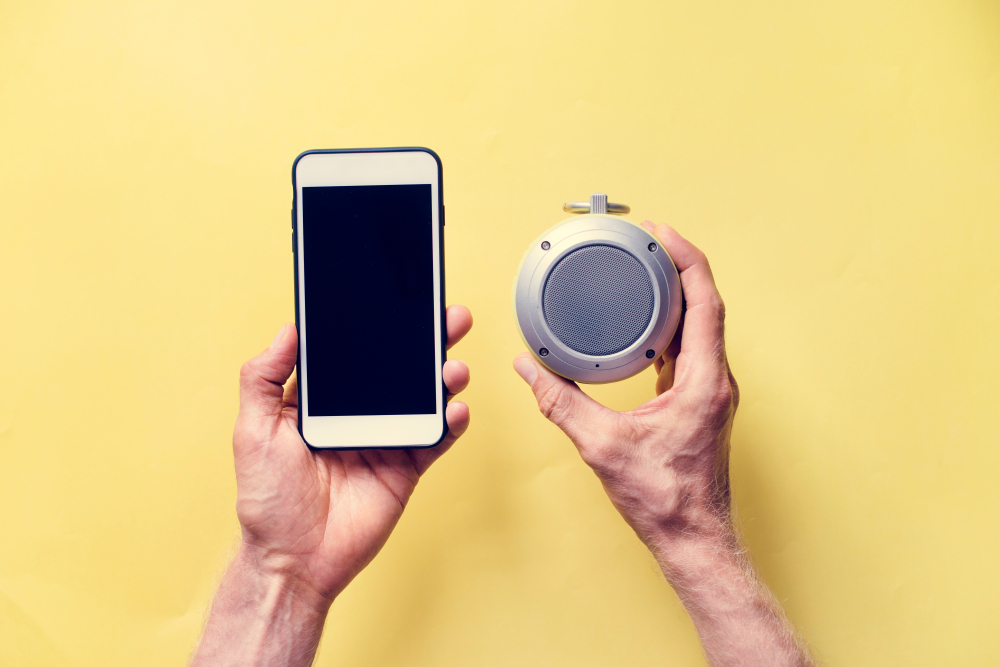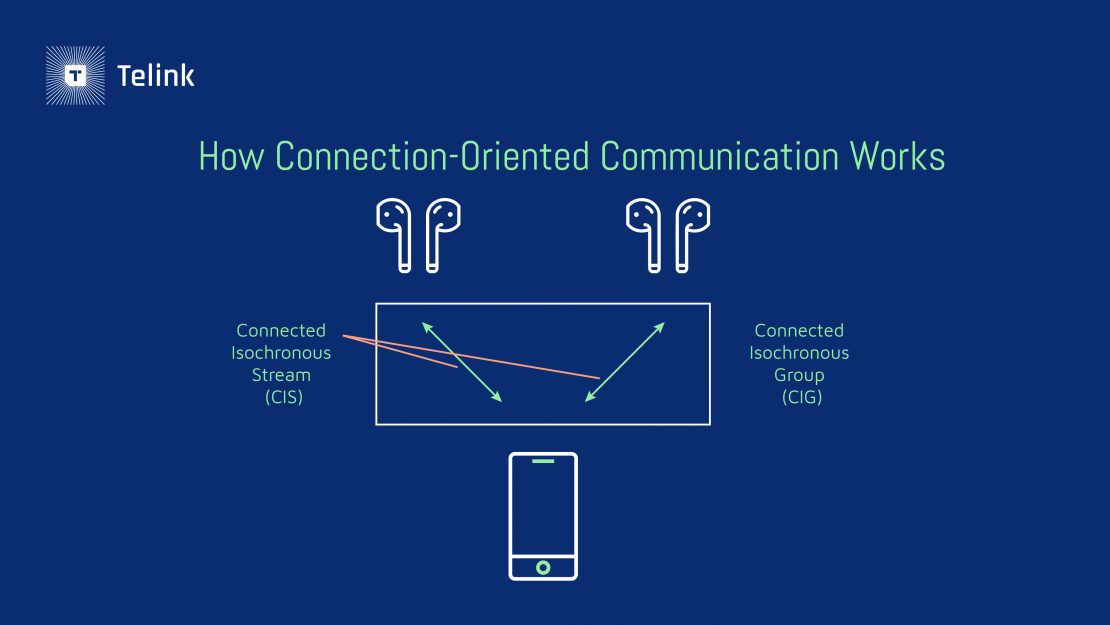



PLEASE ROTATE ME


Telink Staff
September 2, 2020
Standards

The latest version of Bluetooth® technology is here — let’s take a closer look at version 5.2.
Bluetooth® has long been the industry standard for streaming audio applications and audio devices. At the CES conference in January 2020, Bluetooth introduced the latest version of Bluetooth technology — version 5.2. Version 5.2 offers new benefits for the next generation of wireless devices and audio technologies. It also ushers in the next generation of Bluetooth audio — LE Audio.
Here’s everything you need to know about the three key features of Bluetooth version 5.2 and what they mean for device makers.
Bluetooth version 5.2 features an upgraded version of the original Attribute Protocol (ATT) called Enhanced Attribute Protocol (EATT). ATT operates in a sequential manner, meaning that transactions are performed one at a time, but EATT can perform concurrent or parallel transactions between a Bluetooth LE client and a server.
EATT makes it possible to break down L2CAP packets from different applications and combine them into smaller, more manageable chunks. This way, transactions from two or more applications can be completed at the same time. This feature improves user experience in cases where multiple applications are running on the same Bluetooth LE stack. It also reduces overall latency. EATT is optional per the specification, and it requires an encrypted connection between both Bluetooth LE devices — making it more secure than ATT.
LE Power control makes it possible to manage the transmission of power between two connected devices both running Bluetooth version 5.2. Wireless receivers have an optimal received signal strength range that provides the best signal quality. A receiver with a signal strength that’s higher or lower than this optimal range can have issues decoding signals.
With LEPC, a receiving device can monitor the received signal strength indicator (RSSI) signal of its partner device and request a change in the transmit power level in either direction. Alternatively, a transmitter can change the transmit power voluntarily and relay that information to the receiver.
This ensures that both devices stay within their optimal signal ranges. It also reduces error on the receiving end and lowers overall power consumption through dynamic power management. What’s more, power management with LEPC also improves coexistence with other signals in the 2.4 GHz band, including signals from WiFi and Zigbee.
In a major upgrade from Bluetooth Classic and earlier versions of LE, Bluetooth version 5.2 also supports isochronous channels. Isochronous channels can be used on any of LE’s physical layer variants: 1M, 2M, and LE Coded configurations S=2 and S=8, and they support both connection-oriented and connectionless communication:


Bluetooth version 5.2’s new isochronous channels support data retransmission for CIGs and BIGs, but in different ways. For CIGs, the master sends a packet to the slave and the slave responds with a packet for each subevent. With BIGs, on the other hand, only the master sends a packet in each subevent. ISO intervals, the intervals at which “events” occur, can range from 5 milliseconds to 4 seconds.
With ISOC, device makers can build products that stream audio to multiple users, and even in multiple languages, with crystal clear sound. ISOC serves as the foundation for LE Audio and Bluetooth LE’s new audio codec LC3 (Low Complexity Communications Codec).
LE Audio noticeably improves on Bluetooth Classic and Bluetooth LE. It uses less power and less bandwidth to enable high-quality audio transmissions. This refines sound quality and extends handset battery life, two key benefits for audio device manufacturers.
LC3 optimizes Bluetooth LE’s existing codec by compressing audio transmissions and scaling them down to very low bit-rates, all without compromising audio quality. According to Bluetooth SIG, LC3 also sounds much better than SBC, Bluetooth Classic’s standard codec.
Bluetooth version 5.2 and LC3 will revolutionize how consumers use Bluetooth audio accessories. Since LC3 has multi-stream capabilities and supports multiple synchronous connections by default, True Wireless users can enjoy faster pairing and much better battery life.
The future of hearing aid technology also looks bright thanks to LC3 and LE audio. At CES 2020, presenters demonstrated a small LC3-powered sound emitter device that allows hearing aid users to connect their devices directly into the audio source. Also, LC3 is low power and energy-efficient, enabling manufacturers to build smaller, more discreet hearing aids that last longer on a single charge.
Bluetooth version 5.2’s new features open up many new opportunities for audio device manufacturers, but they’ll need the right SoC solution to unlock what this technology has to offer. The new TLSR9 chip series from Telink supports the latest Bluetooth standards — version 5.2, EDR, BR, and LE — and can power the future of audio devices. This multiprotocol RISC-V-based series is designed for maximum performance and optimizes a wide variety of applications, from indoor positioning and Bluetooth Mesh to OpenThread. Moreover, Telink will present a dual-mode solution delivering ultra-low latency with both Bluetooth Classic-based TWS and Bluetooth LE-based TWS support on a single chip.
Contact us today to learn more.